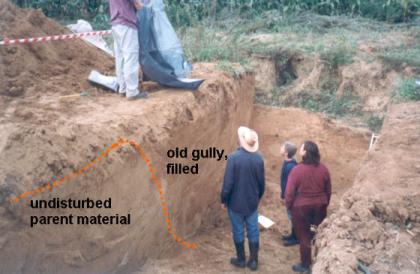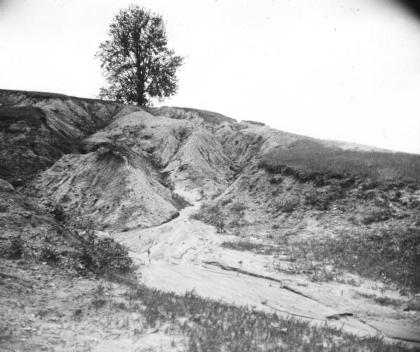Soil Erosion in the Past

Erosion of soil by water and wind has been occurring naturally since the first land plants formed the first soil, during the Silurian Period. Accelerated erosion is, from a geological perspective, of very recent origin; yet on a human timescale, accelerated erosion is old. There is considerable archaeological evidence from many parts of the world that accelerated erosion by water (in particular) is often associated with early agriculture.

In a scientific context, water erosion’s association with unwise agricultural practices was first noted within during the early decades of the 20th century by pioneers of soil conservation such as Hugh Hammond Bennett in the USA, and subsequently by workers in other parts of the globe.
During the period of colonialism, the imposed adoption of European agricultural methods frequently led to accelerated erosion in developing countries. There, the problem often continues to the present day.
In the last few decades of the 20th century, there was a worlwide move towards intensive agricultural technologies. These frequently leave the soil bare during times of heavy rainfall. As a result, previously problem-free areas of the world, such as north-west Europe, began to experience notable increases in water erosion.
Dr David Favis-Mortlock, April 2025




